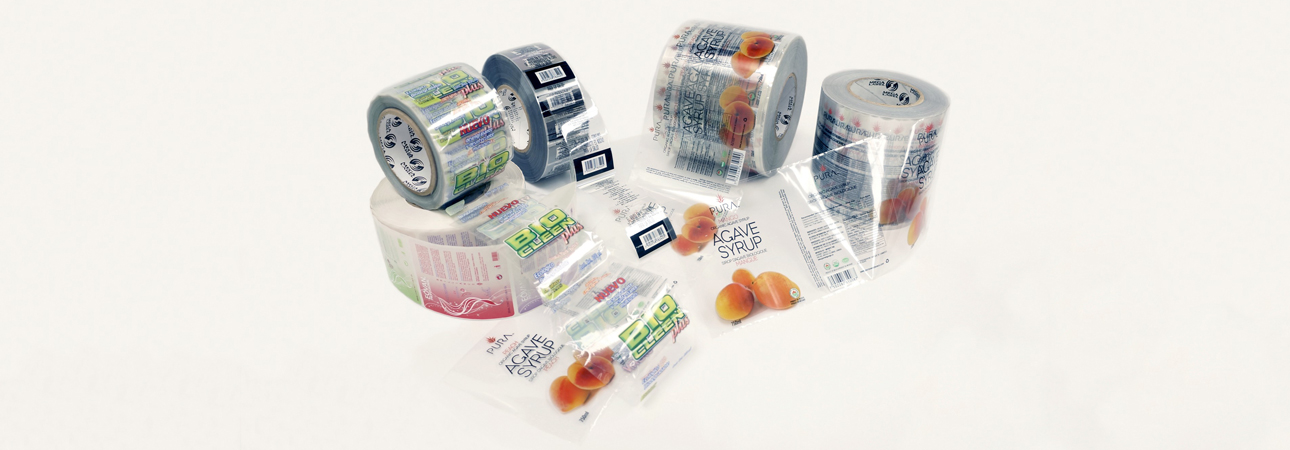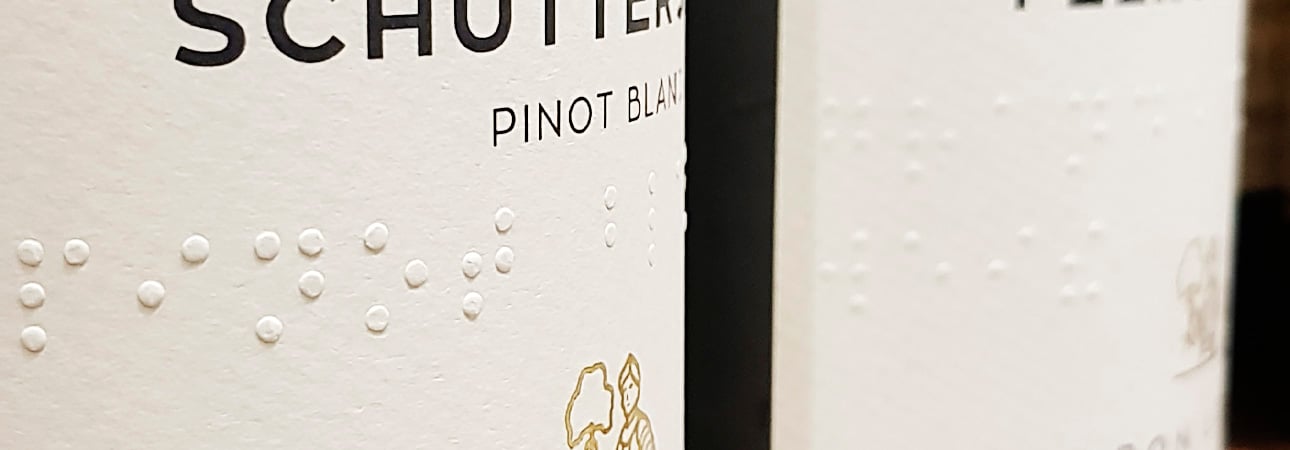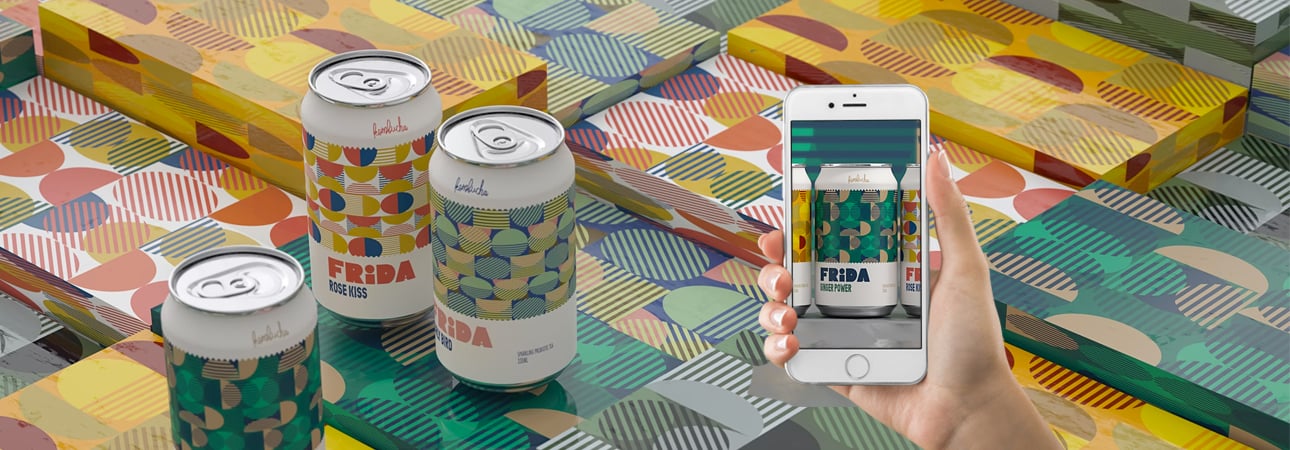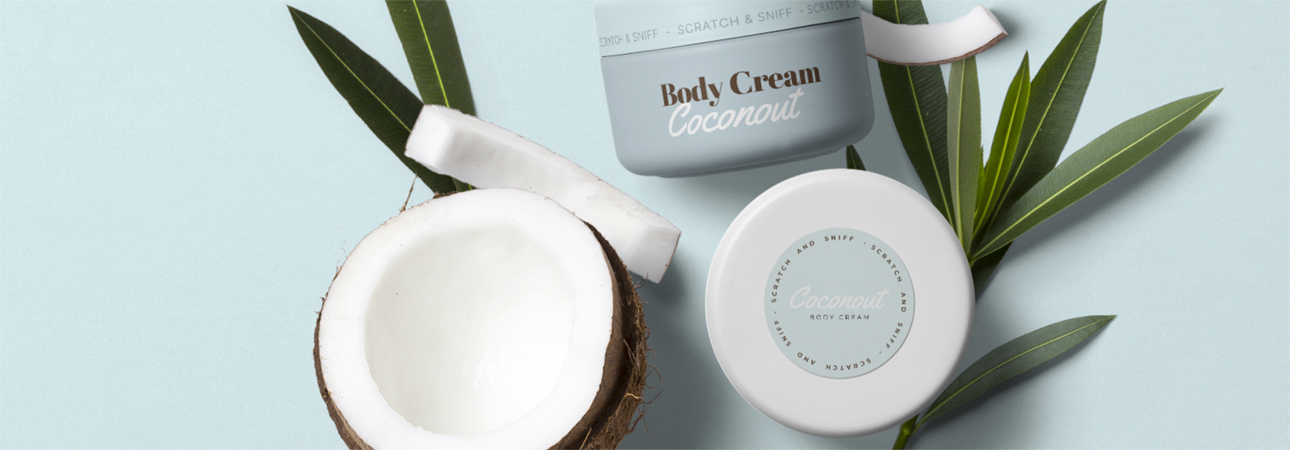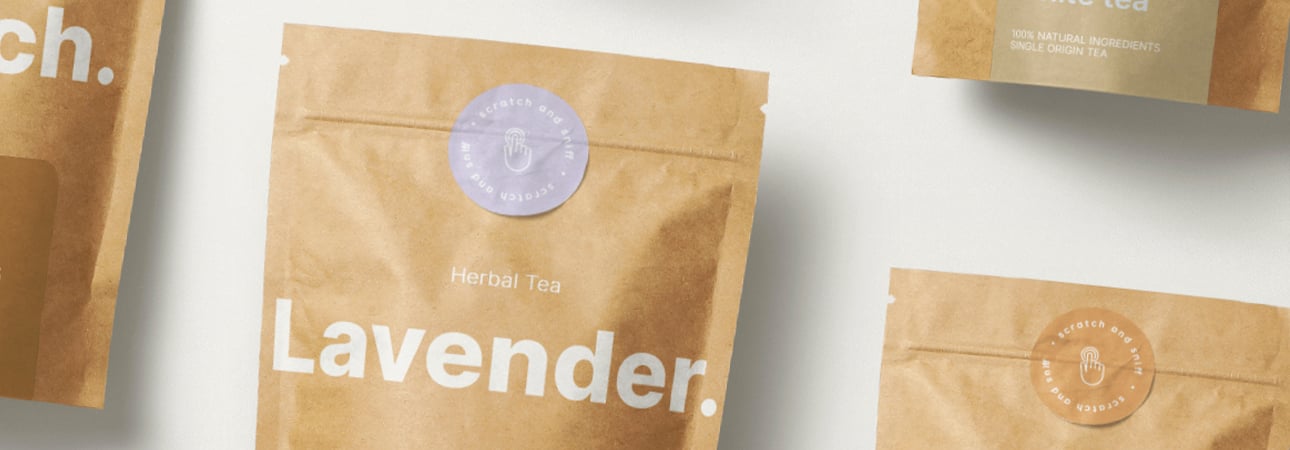Did you like the article? Share it!
Augmented Reality: the packaging that comes to life
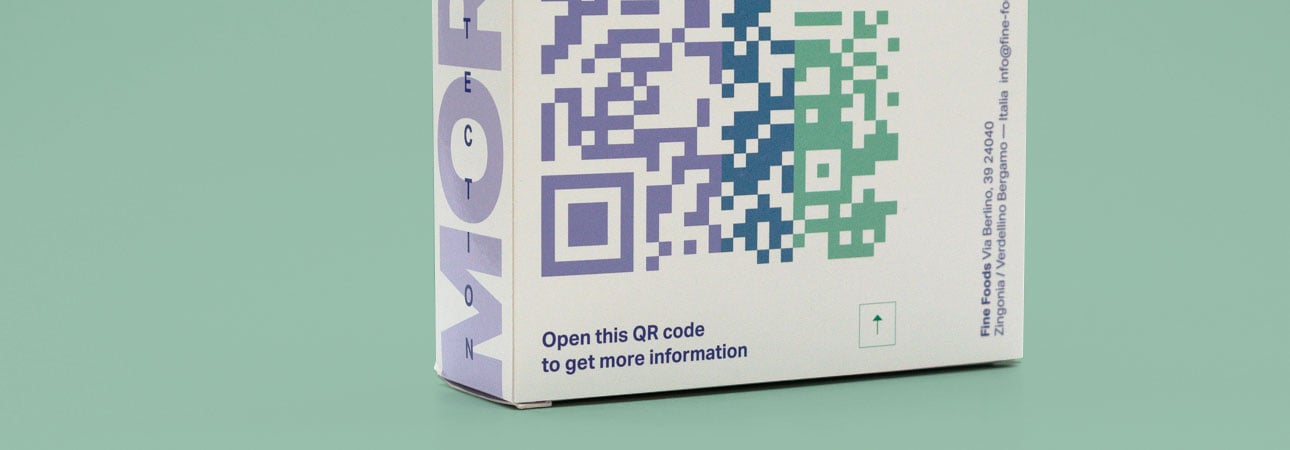
Nowadays, consumers are looking for the user experience; in fact, more and more often, capturing their attention with beautiful packaging is not enough. The interactive packaging proves to be an exciting solution! The client feels the need and wants to be involved; he is looking for something different and more stimulating able to make him think also involved emotionally.
Interactive packaging is designed to excite and involve the consumer. The user's curiosity is stimulated, and a sort of emotional connection between the consumer and the product is created, which takes the form of the ability to "entertain" the customer and invite him to interact actively with the packaging.
In a previous article on Interactive Packaging, we introduced the topic more generally and analysed what types of interactive packaging exist in the world of design. These included Augmented Reality or AR to engage the consumer and provide a direct and personalised user experience. Thanks to it, packaging comes to life by becoming interactive, turning into game elements or providing helpful information on packaging, even making it more accessible in some cases.
Augmented Reality: what is it?
Augmented Reality consists of a decidedly interactive method of providing digital information, which is superimposed in real-time on the image, which we see and which belongs to reality, "increasing" it and making it more captivating. It represents a powerful tool because it allows immediate access to different contents, including videos, images, texts, audio elements, 3D animations, games, websites and much more, simply by framing a QR Code.
But be careful; there is also another type of reality, parallel to the Augmented one if we want, virtual reality. It is no longer superimposed on real images but replaces them completely, transporting the user to another, entirely virtual universe.
Augmented Reality: what can it do?
And here, if this QR Code is applied to packaging, Augmented Reality becomes an even more interesting tool. At this point, it turns out to be an excellent opportunity to convey product information beyond those already present on the package and to make the user experience more interactive and engaging.
With Augmented Reality, the possibilities of interactivity are limitless. Digital content can be created thanks to which the user is completely immersed in the packaging experience. The product can come to life and tell the story of who produced it through multimedia elements; it can provide instructions for use through video tutorials, replacing those boring manuscripts usually provided inside the packages; it can turn into a real game and much more. Augmented Reality gives way to creativity revealing itself to be an extremely versatile tool.
Augmented Reality: what does it involve?
Not too long ago, packaging with Augmented Reality represented a costly effort in terms of time and money above all; nowadays, however, it no longer is. This is because Augmented Reality now travels through the web and is within reach of smartphones and everyone, in many cases without even using any application.
No particular changes to the packaging are required. Just insert a QR Code in the corner of the label or box. In some more complex packaging, however, the QR Code is integrated directly into the graphics of the package, thus not being visible at a glance.
It also represents an opportunity to revolutionise communication with consumers, as information can be presented in a completely new way, can be constantly updated, and in many cases allows you to maintain continuous and direct contact with consumers.
Augmented Reality: why does it work?
We have already reiterated how much Augmented Reality is a powerful tool in packaging, but it is also very effective in disseminating content. According to some statistics, the contents provided through AR, with the same quality, capture the consumers’ attention more than more traditional communication channels.
Furthermore, the advantage of Augmented Reality compared to other packaging solutions is represented by the possibility of guaranteeing the user an immersive and personalised customer experience on the smartphone, as we said before, and this has shown to have an extraordinary effect on consumers in terms of attention, involvement and information acquisition.
The immediacy with which you receive the content plays a key role. We are daily inundated with infinite information, we never have time, and for this reason, our attention is reduced to a minimum when we dedicate ourselves to the search for something. For this reason, being able to access specific content on the product or manufacturer by interacting directly with the packaging allows us to immediately take advantage of information that we would hardly have spontaneously searched for on the brand's website.
Interactive packaging with Augmented Reality represents an excellent opportunity for everyone: brand and consumer. The customer, holding the packaging in hand, will be involved in an interactive experience thanks to the product that comes to life. The brand will have the opportunity to increase the views of its website, its social networks and its content in the first place.
A few examples...
Now let's get to the heart and see some realised examples of packaging that exploits the powerful means of Augmented Reality! Let's begin:
Amaro Montenegro
Let's start with a well-known brand: Amaro Montenegro. The brand has created an augmented reality experience with the service provider Viewtoo and the famous Armando Testa. The consumer, starting from the packaging, is transported to discover the product. By framing different parts of the box containing the bottle, you can access various contents, which come to life thanks to Augmented Reality. A preview of the boxes’ content is revealed, moments of its production are shown, some curiosities or methods of use in cocktails are revealed, and information on the product and the manufacturer.
Pepsi X DC Comics Can
Pepsi and DC Comics have assembled a collection of cans featuring Justice League characters. By unlocking the pixel graphics on the can, using a smartphone, the customer is offered an engaging consumer experience by revealing the hidden superheroes who can fight with other people.
Pizza Hut
Third example, the Pizza Hut brand, which has produced a limited-edition pizza box that uses Augmented Reality to allow consumers to play Pac-Man by simply scanning a QR code with their smartphone. The experience doesn't stop there but continues as players can share their scores on Twitter and participate in a lottery to win a custom Pac-Man gaming station.
"Pac-Man's design and creation were inspired by the shape of a pizza with a slice removed, making this partnership so appropriate for the Pac-Man brand,"said Yutaka Fuse, licensing and branding manager at the manufacturer. by Pac-Man.
With his actions, the consumer becomes the protagonist of the experience of opening or using the packaging, before the product, and it is precisely this "participation" that makes his "encounter" with the packaging and therefore with the brand memorable. Thanks to augmented reality, the packaging is transformed into actual vehicles of personalised and immersive experiences. It is this the future of packaging!
I hope you enjoyed this article! If you are interested in other curiosities about the world of packaging, here are other interesting ideas on the subject!
If you are interested in the subject and want to know more, here you can find the video about it.
👍SUBSCRIBE to our Youtube channel and join the Labelado community to be always updated on the world of packaging!
Next

